Converting an Incandescent Ceiling Can to an LED
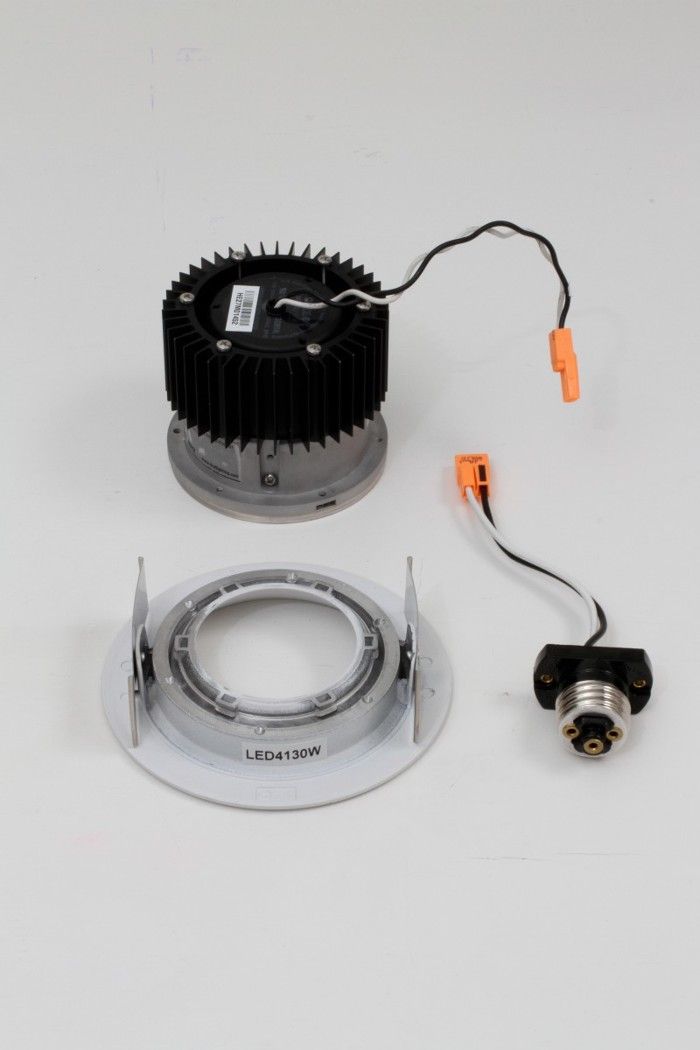
One example of LEDs’ bright future is the present-day ease of converting incandescent cans. The only difficult part is paying for them: a screw-in LED replacement for a recessed light is about $125. But the next time you turn on the light, the savings begin.
Turn off power to the fixture, and use a voltage tester to be sure it’s off. Remove the fixture’s cover plate, and unscrew the incandescent bulb. Screw the threaded adapter into the fixture socket. The other end of the adapter is an orange plastic, quick-disconnect connector that snaps to a matching connector on the LED housing. Snap the two cast-aluminum pieces of the LED housing and cover together, then screw the cover to the recessed can with three screws. (Mounting details will vary.)
Similar retrofit kits fit either 3-in. or 4-in. cans. Although all come with some means of dissipating excess heat, the model shown, from DMF Lighting®, features an optional heat sink. But the beauty is in the eyes of the beholder: The 650-lumen lamp is dimmable to 5%, and though of comparable brightness to a 50-watt incandescent, it consumes less than 12 watts.
And that’s pretty much it.
This blog is adapted from Wiring Complete 2nd Edition, just released from Taunton Press. Wiring Complete 2 has 800 photos, 50 detailed schematics and includes advanced products such as wireless switches, LED conversion kits, and whole-house systems. Click here for a complete Table of Contents. My co-author, Michael McAlister, is a licensed electrician, C-10 Electrical Contractor, and B General Building Contractor in California.
You may also find useful Renovation 4th Edition, which contains thousands of field-tested tips and techniques from master builders across North America. R4‘s 614 pages include 250+ technical drawings and 1,000 photos selected from the 40,000 that I have taken over the years. -Mike
2013 Mike Litchfield
Fine Homebuilding Recommended Products
Fine Homebuilding receives a commission for items purchased through links on this site, including Amazon Associates and other affiliate advertising programs.

Reliable Crimp Connectors

8067 All-Weather Flashing Tape

Handy Heat Gun
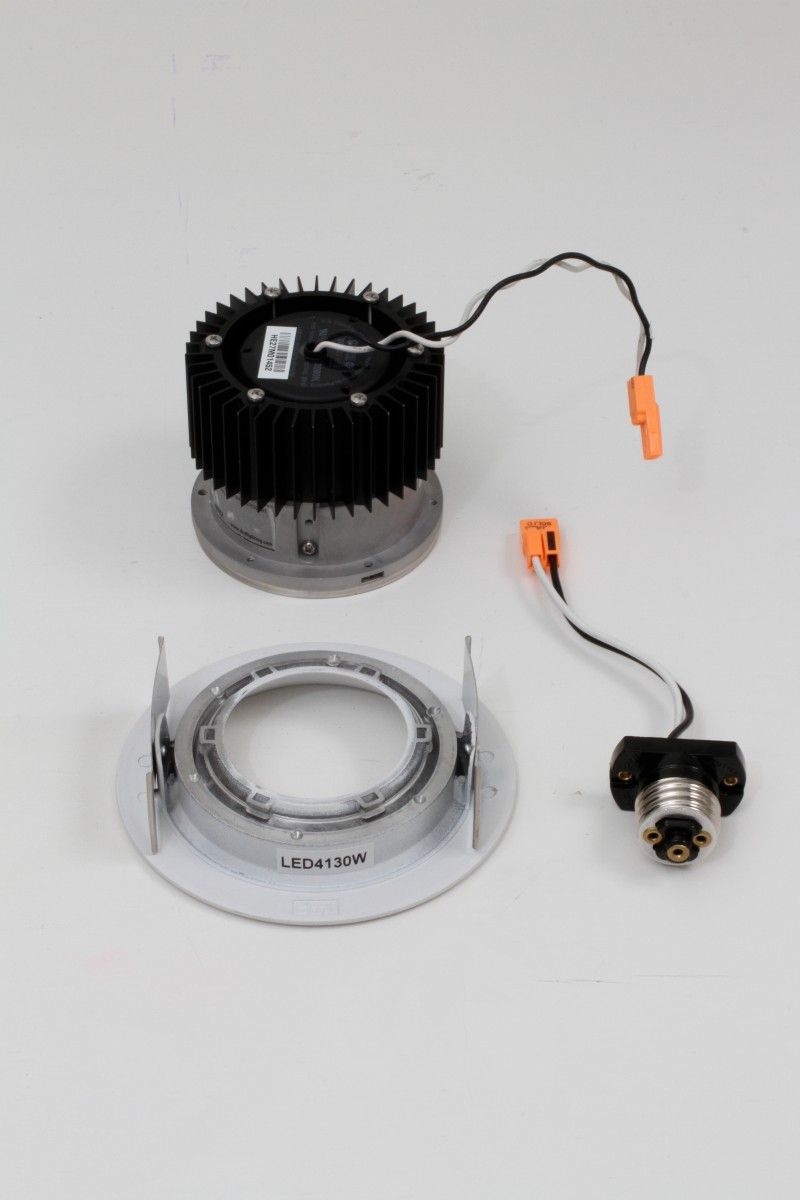
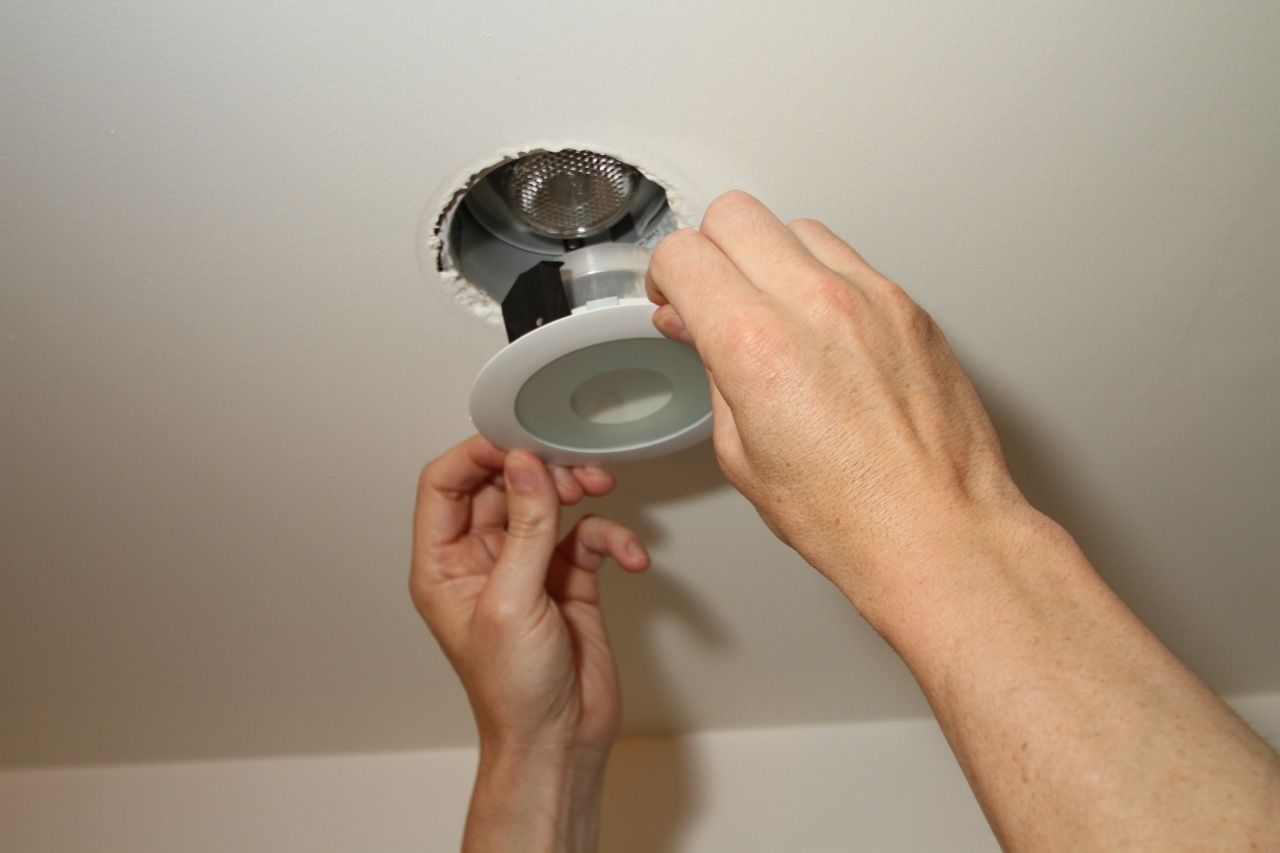
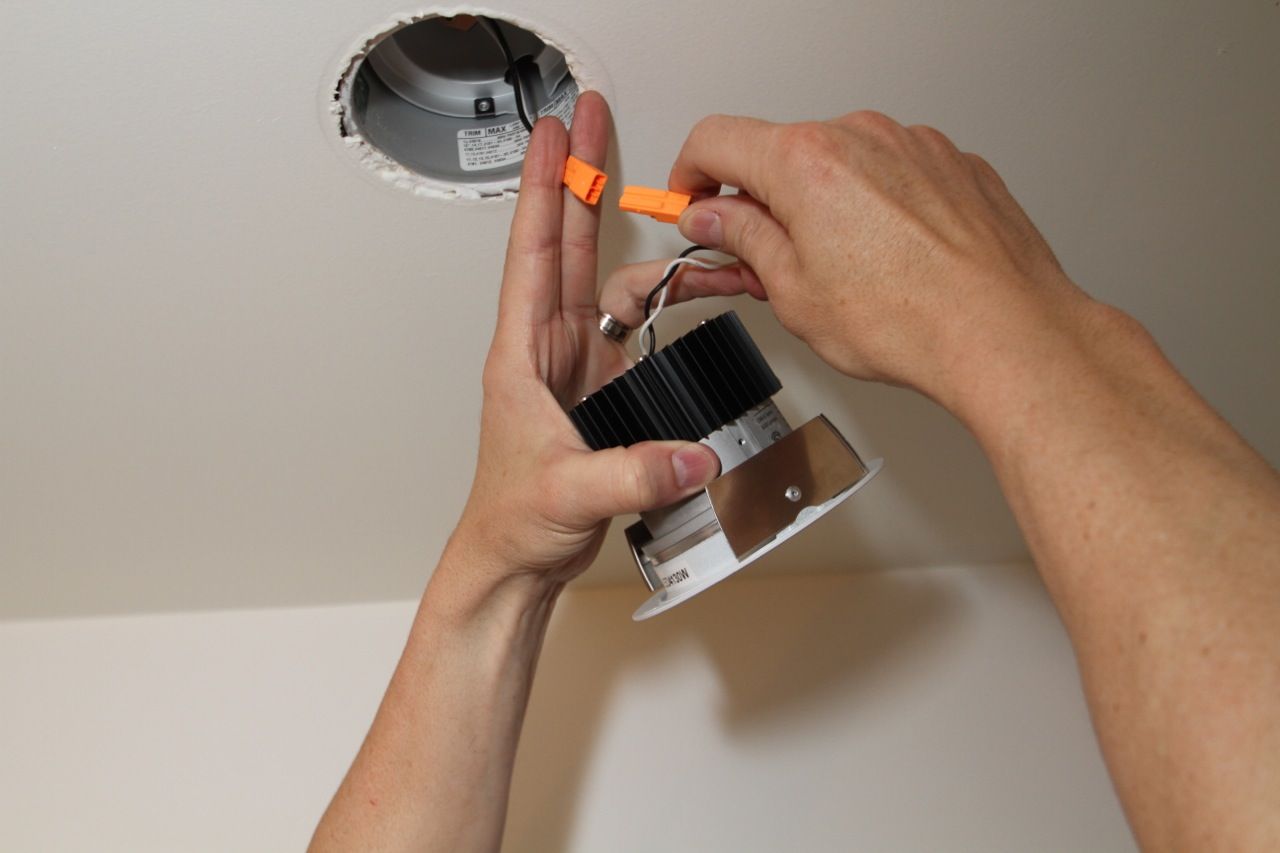
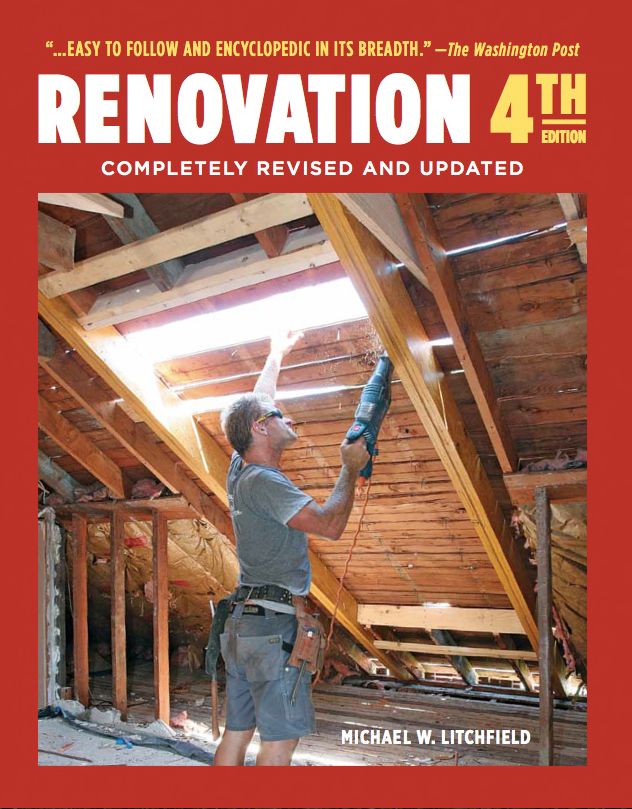
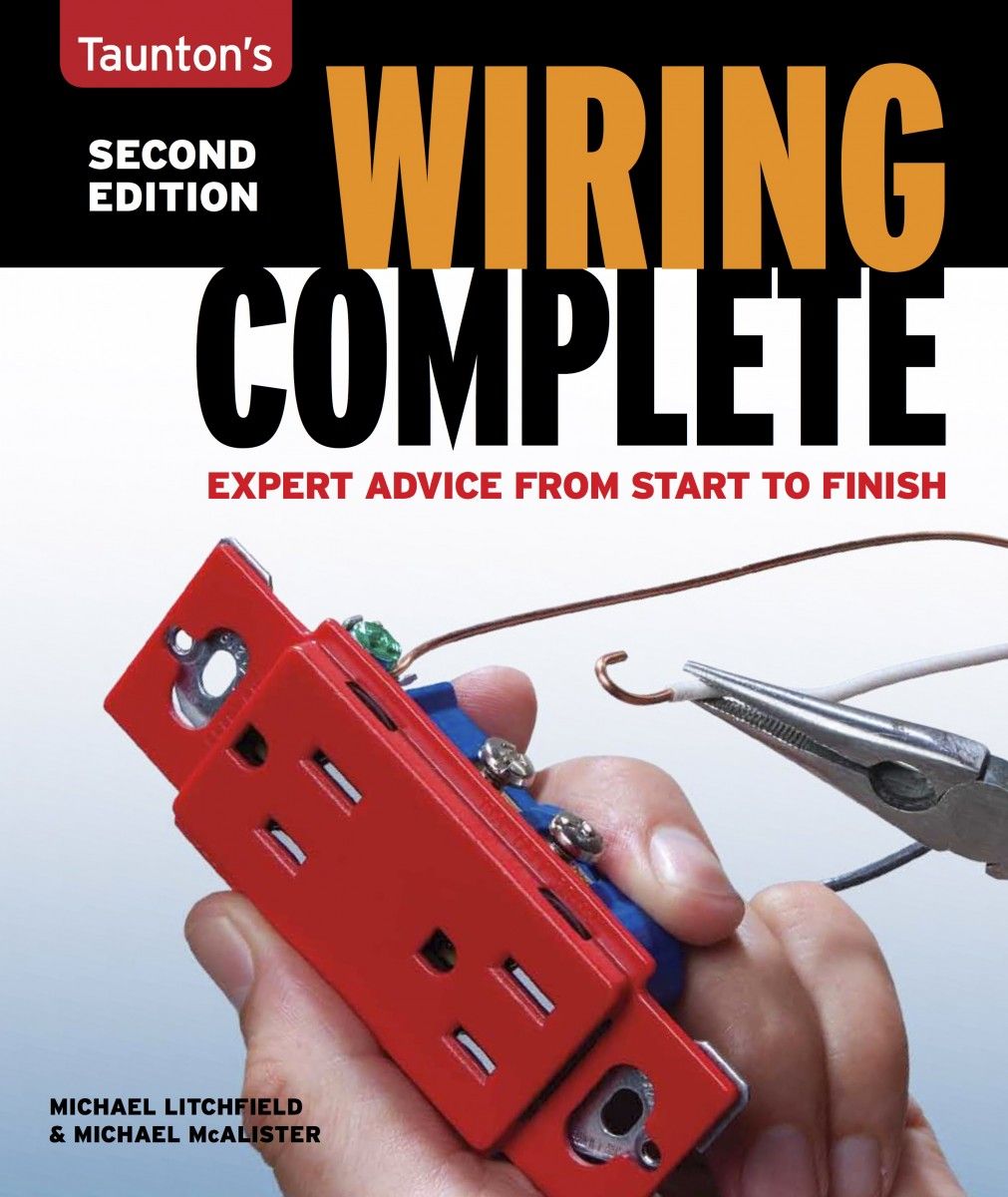






















View Comments
CAST IRON TRIM PLATE???????//
Really?????????
Looks like a simple stamped piece to me but what do i know.
I'm doing a gut renovation of an old house and wish to put in can lights that will use incandescent bulbs to begin with, and then slowly convert them all to LED bulbs when the prices have dropped in about 2 - 3 years.
The challenge is that I want to use 4" ICAT (In Can, Air Tight) cans, and I've heard that they will kill an LED bulb due to the heat buildup.
You didn't mention if the cans you converted are IC or ICAT. What type of cans are they?
Am I wrong in thinking that LED bulbs will get more efficient (less heat produced) in the next few years, which would allow any current ICAT can to be used without fear of heat issues?
Thanks in advance for any thoughts you may have.
Baby Boomers require more than 50 watts as a general rule. Does anyone make a 100 watt version or versions for slanted ceilings? 100 watts are showing up, but it's still a struggle to find bulbs & cans.
I just converted 25 incandescent cans to LED modules using a very similar engine made by Halo, called the ML56, which works in both 5" and 6" cans (I had both). I selected the Halo because it was available in a 900 lumen design as well as the more typical 650 lumen design, and I wanted as much light as possible in the kitchen (15 cans were in the kitchen), figuring I could always dim it down. Turns out the 15 lights at 900 lumens at full power is perfect, so very glad I went with the 900 lumen module. Kitchen is 375 square feet.
Normal Leviton incandescent slide dimmers work fine - I have as few as one and as many as 13 modules on a single dimmer and all circuits dim smoothly from 100% to 0% without flicker. Since the 900 lumen modules only draw 14 watts, having 13 fixtures on a single dimmer is still safely below the dimmer's 600 watt rating - less draw than two 100 watt incandescents.
We went with 3000 K color temperature, which is just a touch whiter than the traditional warm white temperature of 2700 K. It's a perfect color, and doesn't look at all like that awful cold bluish LED light when LED's first hit the scene. It's like incandescent with just a touch of the yellow removed. These modules are also offered in 2700 K (incandescent color) plus a couple of temps cooler than 3000 (thus bluer and more LED-like than our choice).
It was easy, the results are fantastic, and best of all, with haze reflector trim rings, the lights disappear into the ceiling, and are no longer flush with the ceiling as they were in the past with PAR-type incandescent or CFL light bulbs.
In this quantity, cost for the module (900 lumen, 90 CRI) plus haze reflector trim ring was just under $100 per fixture for both. In our remodel, this was probably some of the best money we spent, from a cost/effect standpoint. Getting rid of slow starting, flickering CFL's was a huge benefit - the better light, better appearance, longer life, dimability and operating cost benefits of the LED's were all gravy.
To texwoman - the Halo ML56 is available in 900 lumen, and pivoting eyeball trim for slanted ceilings is available - the max tilt is different for a 5" and 6" can, so check their on-line technical brochure.
And no, I don't work for Halo. I just did a ton of research before spending $2,500 to do this on 25 cans, and the ML56 appeared to be the most versatile choice for screw-in incandescent replacements.
I have a long upstairs hallway with can lights that leak a lot of cold air in the winter. They are very difficult to access in the attic either for replacement or to cover/insulate (even if they are of the type than can be be covered). Will your conversion suggestion to LED resolve the cold air intrusion problem I am trying to solve and provide some kind of insulation separation from the attic air space? As an alternative can you suggest a less intrusive way to replace can lights from below?
$125? I recently redid my kitchen and installed seven Cree CR6 LED's - $24.47 each at Home Depot. Self rimming - they jut go right into the can. Plenty bright enough. Color is the same as the incandescent under the range hood. Together with new cans (also from HD), it was under $40 each. My electrician initially balked at using anything from HD, but once he put them in he liked them just fine. (No, I don't work for HD. Just sharing the info.)
$125? Ouch! Hope you have good insurance that will pay after electrical surges, in my experience, LED lights are much more suceptable to them.
I put 10 GU-10 LED bulbs in 4-inch cans in my kitchen for about $20 apiece, and a nearby lighting strike blew all 10, no damage to anything else in the house. Out of curiosity, I opened one up and the sensitive electronic driver circuit inside was burned (the led itself still seemed ok).
After losing just over $200 in bulbs, I won't look at LED's again until they are at least less than $10.
@jamesglen and @DGWinston: Were your cans In Contact, Air Tight cans?
How high are the ceilings you installed the LED's in?
I must have missed something here! The other day I bought a large (~1100 lumen) led bulb at Costco for under $20 and it works in my +25-year old Lightolier cans. The bulb manufacturer's literature states it is made for this application. What benefit, if any, is gained by spending extra money for these kits?
Will whole-house electrical surge protection at the load panel prevent situation encountered by JamesGlen?
$125? They haven't cost that much in several years. I paid $45 for Halo LED recessed retrofit inserts two years ago from Home Depot. Most brands are about $30 today and can be purchased at both big box stores.